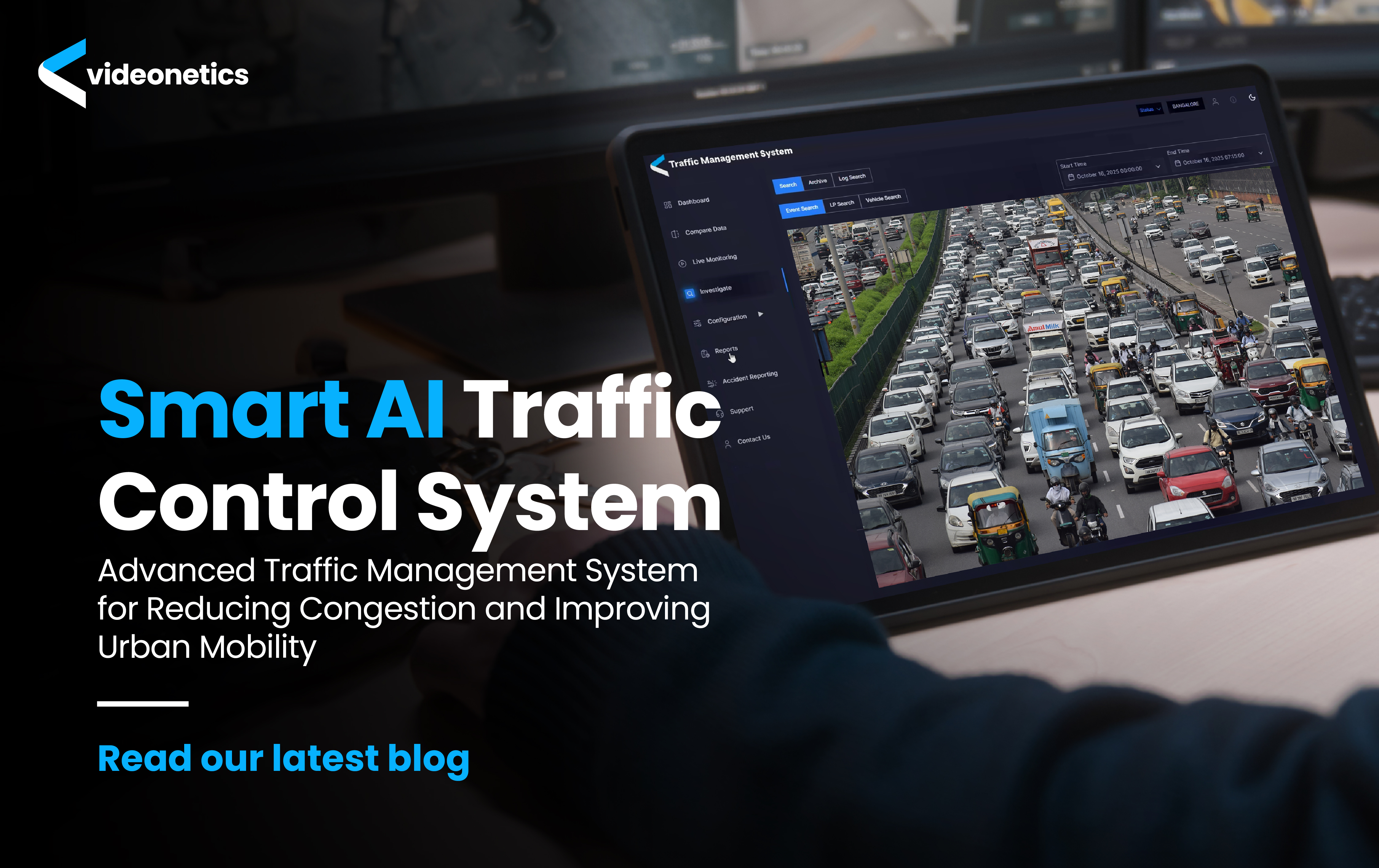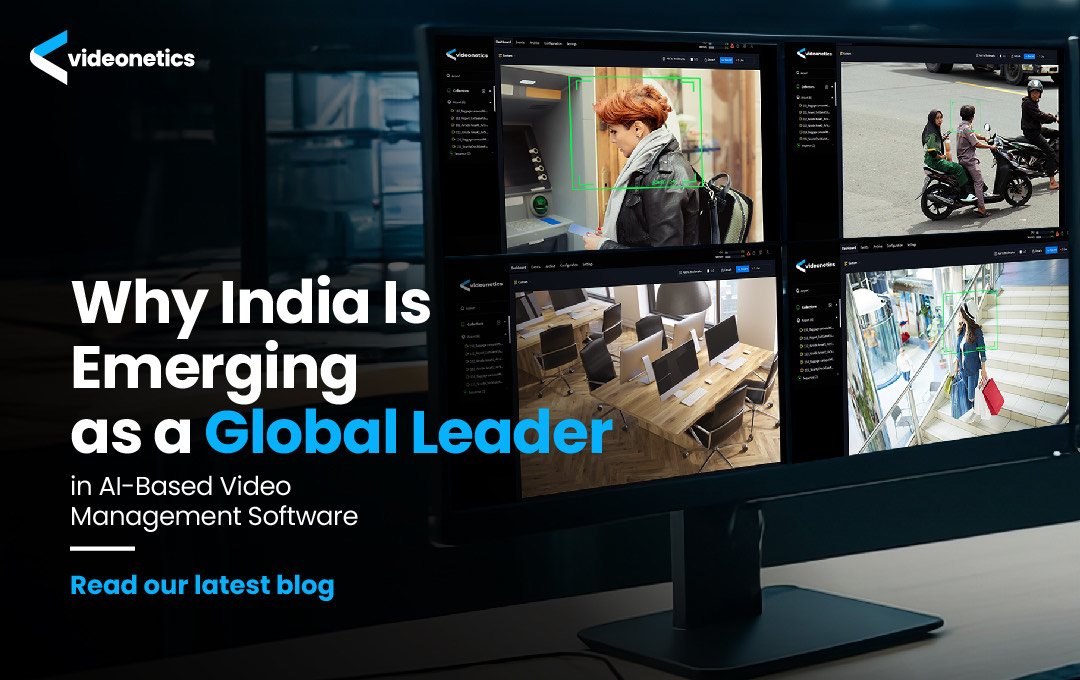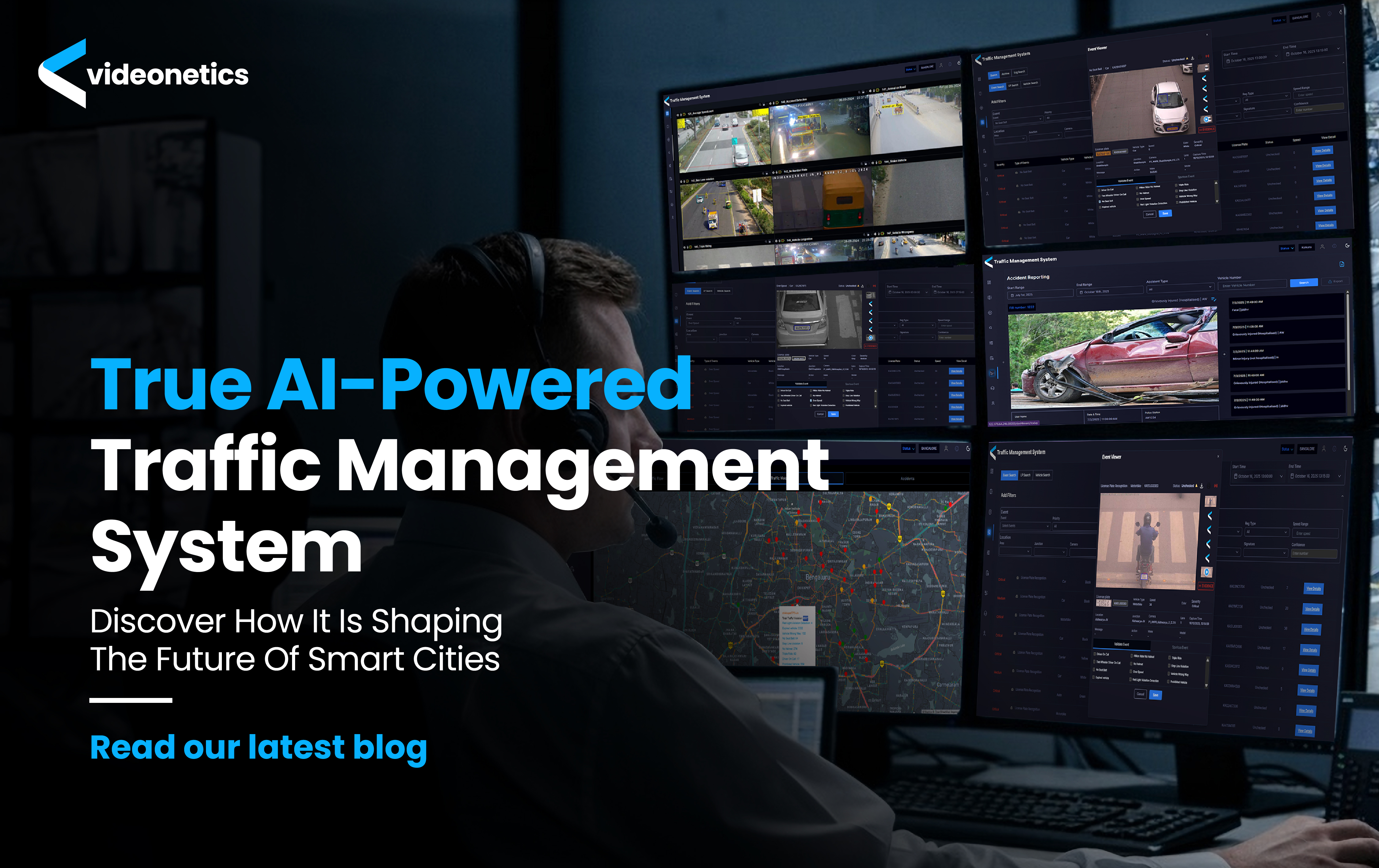Top 7 trends in 2023 that will drive the Physical Security industry
, Technology
In recent times, the use of video surveillance and AI-powered video analytics has found universal acceptance cutting across verticals and demographics. Let’s have a look at the trends and technological developments that will burgeon as the essential drivers for growth as an outcome of growing needs.
1. Genuine AI and DL powered Video Analytics Engines:
Video Analytics has made up a leeway on account of the efficient utilization of Artificial Intelligence & Machine Learning algorithms. AI and ML are efficient at solving real-world problems with actionable intelligence in the most complicated setups. With the development of technology and its increasing accessibility, the requirement for localized AI algorithms to offer solutions to real-life problems has expanded manifold. This particularly holds water in the case of certain domains and environments. It has also become essential due to the non-viability of the “one solution fits all” likelihood at this stage of the technology lifecycle.
Notwithstanding the large-scale manufacturing of cameras having higher processing power, there is still huge scope for achieving true ‘Analytics at the Edge’ architecture. Such a framework, if ever made possible, will make it feasible to calculate volumes of data and perform a number of analytical functions as and when needed by users. Till then, CPU or cloud-based video analytics programmes shall carry on offering solutions for new domains and complex needs.
2. Adoption of Unified Platforms:
Due to continuous attempts by users seeking methods to amplify resources and integrate physical security sub-systems, the demand for unified platforms is projected to expand further. Unified video management platforms circumscribe sub systems such as access control, perimeter intrusion detection, fire & smoke detection, etc. Apart from this, they also come up with powerful underlying computational efficiency that makes it essential to systematically capture, store and distribute video metadata for numerous use cases. Also, they help in streamlining operations with built-in analytics or decision support capabilities. Besides, a Unified Video Computing Platform is also helpful in diminishing infrastructure costs, maintenance, integration challenges, and training requirements.
3.Deriving Business Intelligence from physical Security systems:
When we become capable to spawn precise and meaningful information from video and other sensory data in real-time, it becomes truly viable to extract business intelligence from physical security systems. Nowadays, owing to AI- and ML based methodologies paired with advanced video computing algorithms, it has become quite feasible to do this with the least human interference. By means of its effective utilization, we can certainly detect and gather patterns in real-time. Moreover, this can help us create deep evidential cognizance, which ultimately helps us make smarter decisions to sharpen our business acumen.
4.Truly Open & Agnostic Systems:
Getting access to open platforms offers users elasticity and resilience to constantly evolving technologies in the industry. This minimizes the oblique reliance on integration and deployment requirements. By means of this model, system integrators and end users will keep getting the magnitude of modifications they aspire to achieve for their predominant and unique operational requirements.
They can hope for integrated products and solutions which are modular, scalable, and interoperable. Not only this, but the solutions also they get will be agnostic to operating systems, browsers, relational databases, and cloud & hardware platforms. Manufacturers and developers remaining devoted to this notion will open doors to more markets along with putting up the advancement of newer and better technologies that co-exist and interoperate coherently.
5. Hybrid Deployment Strategies:
Cloud-based systems are likely to become even more accepted owing to their scalability, flexibility, and readiness compared to on-premises solutions. Notwithstanding domains, organizations have embraced the cloud for a number of applications and business requirements. However, the physical security industry has been conservative and slow in pace to embrace cloud-based platforms. Conventional industry experts have been careful but not uninformed about the requirement to provide cloud-based security solutions. Users assess budgets alongside drawing comparisons between CapEX (Capital Expenditure) and OpEx (Operation Expenditure). However, the hybrid strategy has been accepted as a stepping stone toward the full metamorphosis of cloud services.
6.Cybersecurity will remain critical and become more efficient:
As a growing number of physical security systems intersect with network security problems, IT professionals and network providers promote more buoyant & secured physical security applications. They prefer to protect their video and access control data from modern cyber threats because an abrupt cyber-attack is likely to pose a financial burden and threat to the entire organization. Moreover, the OEMs and suppliers of physical security applications are predicted to keep investing in best and updated practices and follow industry-set cyber security norms, encryption, and authentication techniques to allow safe data exchange and communication between the system’s various components.
7. - Data availability & business continuity:
As data is vital, its accessibility at all times is essential to the continuity of business, which depends heavily on networked systems. Keep this in mind, architectural redundancy & disaster recovery workflows will be a ‘non negotiable’. When it comes to architectural redundancies, the server applications accountable for taking care of data will need to be wise and designed to automate the computing load distribution. This is required so that no server hardware remains inert to manage the task of failed servers depending upon their spare computing power. During emergencies at data centers, the recovery of data and its re-location to other available data centers gain precedence. The security applications will keep revamping upon the facets of practicality, flexibility & service-oriented architecture to accommodate for any unsought disaster thereby safeguarding data availability for the continuity of business as usual.





Post a comment
Your email address will not be published.